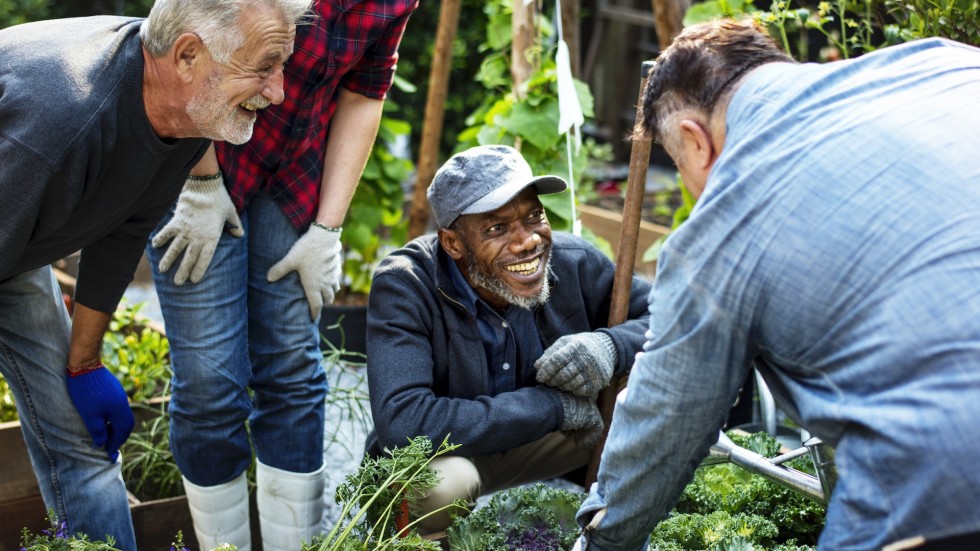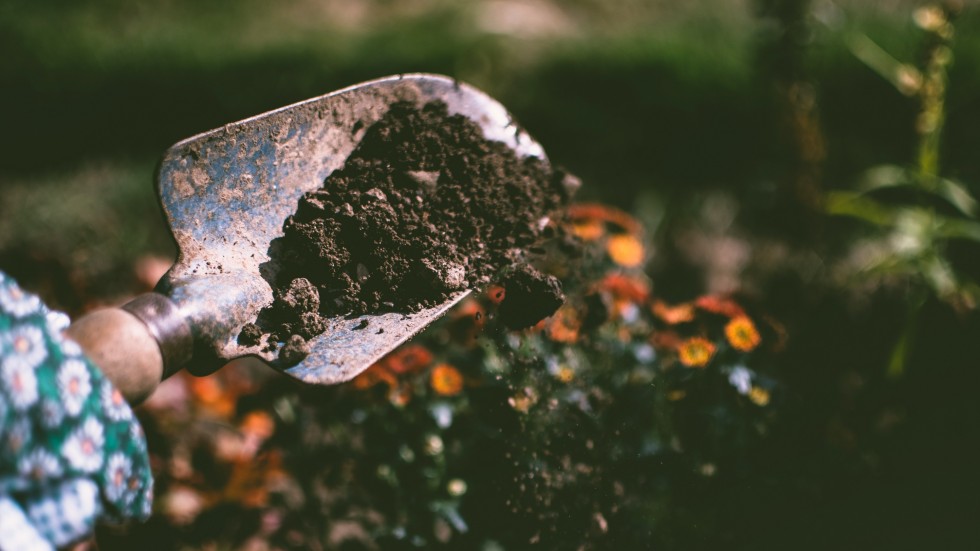How horticulture therapy can help improve health
The work of a gardener mirrors the healing process for individuals who are working toward good mental health: It takes time, patience, and care. Eventually, the gardener reaps the reward: A patch of lifeless soil transforms into bright bursts of life, color, and beauty!
Like gardening, the path toward mental health takes time, care, and patience as the seeds of self-esteem, self-love, and hope gradually take root, flourish, and thrive. But gardening offers more than just a metaphor; horticulture therapy is a powerful tool that offers robust mental health benefits.
The benefits of horticulture have a long, documented history. In the 19th century, Dr. Benjamin Rush, a signatory of the American Declaration of Independence and widely regarded as the "Father of American Psychiatry," began to study and document gardening's positive effects on individuals with mental illness.
Today, horticulture therapy is used in a variety of rehabilitative, recreational, and vocational settings. According to the American Horticultural Therapy Association (AHTA), "Horticulture therapy helps improve memory, cognitive abilities, task initiation, language skills, and socialization." Additionally, the AHTA notes benefits for physical rehab, such as improved strength, coordination, balance, and endurance, as well as vocational therapy, where it can help "people learn to work independently, problem solve, and follow directions."
-

"Patients are having so much fun, they hardly even realize how much progress they are making!" - Amy Caslow, occupational therapist
Helping Patients Grow
Understanding these benefits, many of the programs across Sheppard Pratt use horticultural therapy in concert with traditional therapeutic techniques. Amy Caslow is an occupational therapist at Sheppard Pratt who is passionate about the benefits of horticulture therapy.
“Engaging people in horticultural therapy helps in so many ways,” says Caslow. “People feel good about being outside in the fresh air, which lifts their mood and helps them relax. When they are in that state, it is easier for them to work on and succeed at tasks that require fine motor skills, which in turn improves their self-esteem.”
Caslow explains that horticulture therapy also improves cognitive functions, such as following directions, organizing a process into steps, and problem-solving. “These are higher-order thinking tasks, and patients are having so much fun, they hardly even realize how much progress they are making!”
Caslow was among the handful of staff members at Sheppard Pratt’s Harry Stack Sullivan Day Hospital who facilitated the creation of container gardens in the hospital’s interior courtyard. Thanks to special grant funding, her team purchased containers to position along the flagstone terrace. Together with the patients, they mapped out plots for vegetables, flowers, and herbs. Michael Robinson, a member of the housekeeping team, has also been instrumental to its continued success.
Since its original planting, the Sullivan Day Hospital garden has blossomed into a larger vegetable garden and a popular therapeutic horticulture group. Patients engage in activities including helping prepare the garden beds, planting seeds, watering the plants, pruning, and harvesting the vegetables, fruits, and herbs. Not only do the patients benefit from the garden experience, but once the harvest is complete, patients learn how to prepare healthy meals using the garden’s bounty. Greens for fresh salads, eggplants for eggplant parmesan, or peppers for fajitas—all seasoned with homegrown herbs—are among the popular dishes that include the garden ingredients.
-

According to the American Horticultural Therapy Association (AHTA), “Horticulture therapy helps improve memory, cognitive abilities, task initiation, language skills, and socialization.”
Horticulture Therapy in Full Bloom
For Caslow, the best part is watching patients thrive. “Many of our patients with complicated psychological disorders often surprise me as the best gardeners,” she explains. “I remember one young man whose illness caused him to constantly talk to himself. He helped us set up a flower bed and then really took ownership of those flowers. He checked on them frequently, was very concerned that they got the right water and shade, and really took pride in overseeing their growth.”
When this patient was eventually discharged, he continued to come back and visit the garden.
“One of my happiest moments was watching the joy on his face as we handed him a tomato to take home that he had a hand in planting,” says Caslow. “His face was a mixture of wonder, pride, and joy. That’s the beauty of horticulture therapy.”
Sheppard Pratt’s Center for Eating Disorders has a weekly horticulture group that helps patients adjust their focus away from their preoccupation with food and instead focus on something practical and fun. The group spends time planning the garden plots, planting, and tending the garden.
According to Elizabeth Haldeman, occupational therapist for Sheppard Pratt’s Center for Eating Disorders, the very best part is harvesting. “Eventually, we even grow enough to add garden-fresh ingredients into our meals. My favorite was the time we made salsa using tomatoes that our horticulture group had grown!”
